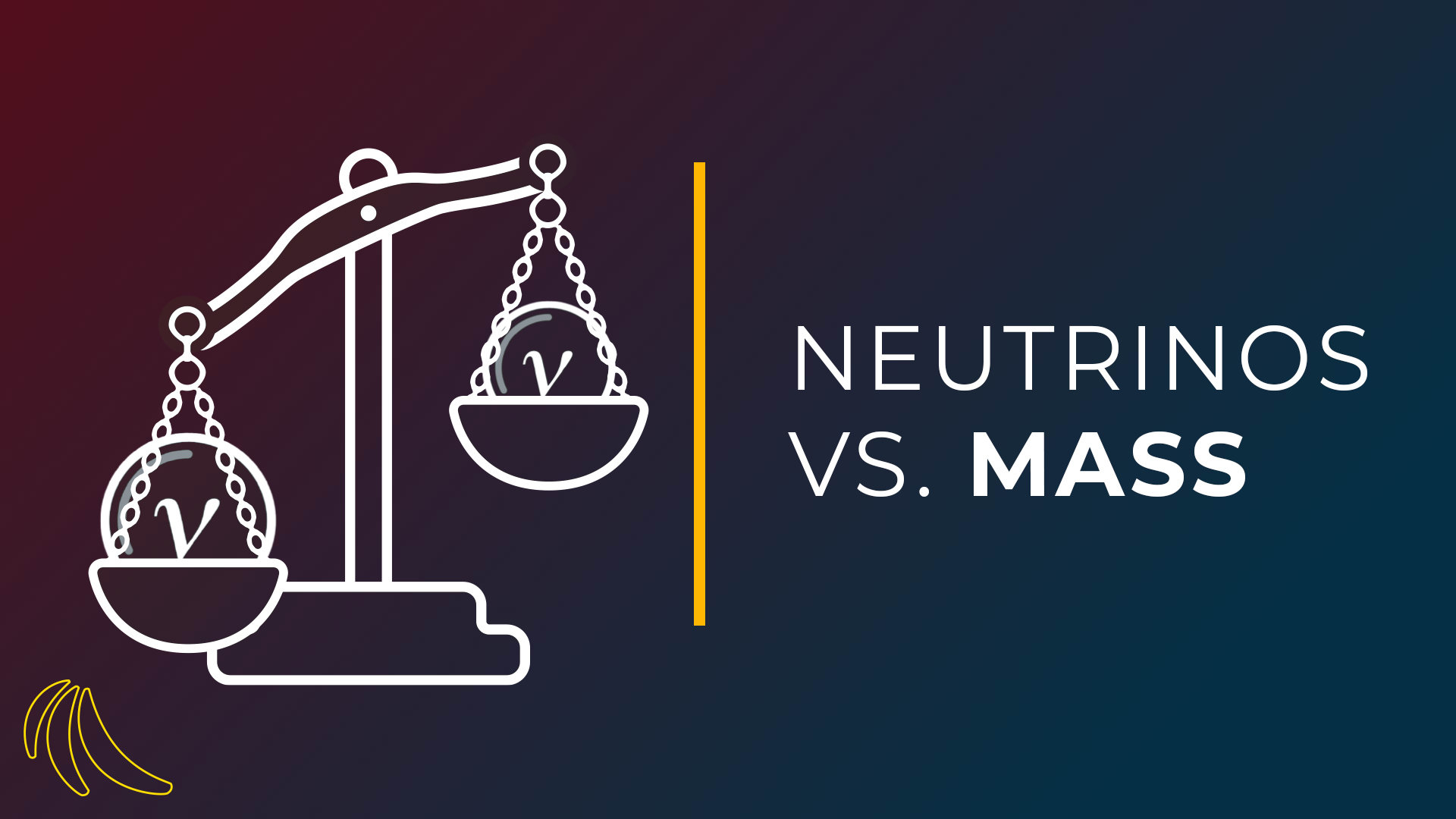Neutrinos, the nearly massless particles that interact weakly with matter, were long thought to be devoid of mass. This fundamental belief stems from the Standard Model of particle physics, which posits that neutrinos are massless gauge bosons. However, experimental results have challenged this notion, compelling physicists to reevaluate the universality of prevailing theories. The journey to discovering neutrino mass is a fascinating saga that encompasses theoretical advances and groundbreaking experimental techniques.
The quest for understanding neutrino mass began in earnest in the 20th century. Following the establishment of the Standard Model in the 1970s, a framework emerged that encompassed known particles and their interactions. The Standard Model’s prediction that neutrinos possess no mass found support in early experiments, yet a storm was brewing that would disrupt this harmony. The first whispers of neutrino mass arose from the observation of solar neutrinos, specifically the Solar Neutrino Problem.
In the 1960s, Ray Davis Jr. undertook a groundbreaking experiment to detect solar neutrinos via a large tank of cleaning fluid, which would capture the rare interactions of neutrinos. The anticipated rate of detection was starkly lower than theoretical predictions. This discrepancy raised concerns about the assumptions behind neutrino behavior. Was the Standard Model incomplete? Or were the neutrinos oscillating—a phenomenon that could only occur if they possessed mass?
Enter the era of neutrino oscillations. In 1998, evidence of this transformative phenomenon emerged from the Super-Kamiokande experiment in Japan, which detected atmospheric neutrinos. The data revealed that the number of muon neutrinos was less than expected, suggesting that these particles could oscillate into other types of neutrinos. This oscillation could only be reconciled if neutrinos had mass, providing tantalizing proof against the long-held assumption of their masslessness. Thus, the stage was set for a paradigm shift in the understanding of neutrinos.
The oscillation hypothesis gained further credence with the discovery of neutrino mass through the SNO experiment (Sudbury Neutrino Observatory) in Canada. In a groundbreaking feat, SNO measured all three flavors of neutrinos produced in nuclear reactions within the Sun. By capturing both charged current and neutral current interactions, SNO was able to provide definitive evidence supporting the notion of neutrino flavor change. The implications were profound; the results not only pointed towards oscillation but also necessitated the conclusion that neutrinos possess mass—albeit exceedingly small.
Subsequent experiments, such as KamLAND, confirmed the oscillation phenomenon and ultimately quantified neutrino masses more rigorously. Techniques developed within these studies incorporated advances in detector technology, allowing unprecedented precision in measuring neutrino interactions. It was through the interplay of these experiments that the understanding of neutrino mass began to solidify, compelling theorists to revise initial models, and fostering debates on the implications of these findings.
The investigation of neutrino mass has profound implications for several areas of physics. Firstly, it raises questions regarding the hierarchy problem—why is there such a disparity between the Higgs boson mass and the neutrino masses? The smallness of neutrino masses relative to other particles leads to speculative theories such as the seesaw mechanism, which posits that heavy, sterile neutrinos may interact with active neutrinos to produce light masses. This introduces fascinating possibilities for new physics beyond the Standard Model.
Inextricably linked to these discussions are the implications for cosmology. Neutrinos, as relics from the Big Bang, contribute to the overall mass-energy budget of the universe. Understanding their mass plays a pivotal role in unraveling the composition of dark matter and the evolution of the cosmos. Numerous astrophysical observations, including those from the cosmic microwave background, hint at a complex interplay between neutrinos and the fabric of spacetime itself.
Furthermore, the revelation that neutrinos possess mass enkindled a renaissance in the field of particle physics. It has reinvigorated interest in neutrino research and spurred the design of next-generation experiments aimed at characterizing their properties with exceptional accuracy. Projects such as the Deep Underground Neutrino Experiment (DUNE) and the Hyper-Kamiokande aim to explore neutrino interactions deeper than ever before, seeking answers to lingering questions about matter-antimatter asymmetry and the underlying connection to the physics of the early universe.
The discovery of neutrino mass marks a watershed moment in the annals of physics—an elegant dance between theory and experiment that underscores the interplay of knowledge and uncertainty. As researchers delve deeper into this enigmatic sector of particle physics, the full ramifications of neutrino mass continue to unfold, challenging existing paradigms while opening the doorway to future inquiries. This journey beckons physicists to look beyond the familiar frameworks, fostering a spirit of curiosity and adventure in the quest for understanding the fundamental constituents of nature.
In conclusion, the discovery of neutrinos having mass has inspired a pivotal transformation in theoretical physics and cosmological studies. From the solar neutrino problem to groundbreaking experimental validations, the narrative of neutrino mass encapsulates the unpredictable and exhilarating nature of scientific progress. As more questions arise and new experiments come to fruition, the journey to uncover the mysteries of neutrinos is far from over. It promises to unveil insights that may alter our comprehension of the universe and our place within it.












